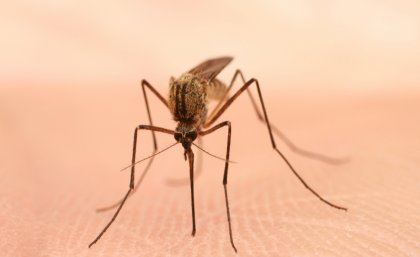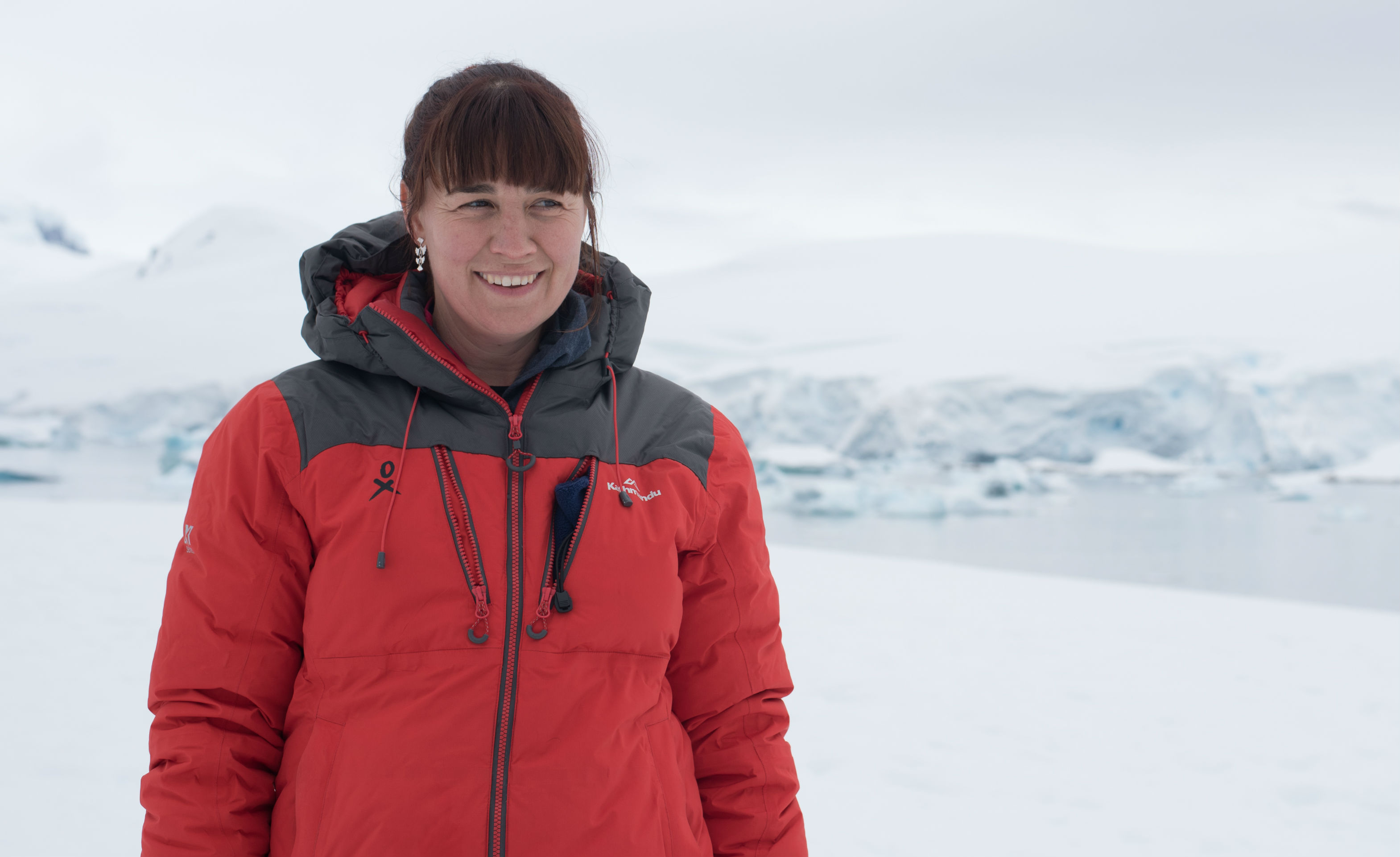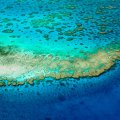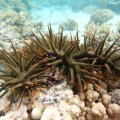
Climate-driven change in the distribution of animal and plant species poses emerging challenges for humans, an international study has shown.
University of Queensland marine biologist Professor John Pandolfi said species were changing their distributions globally in response to climate change.
“New challenges for humans range from health risks to economic threats, and from conflict over fisheries resources to impacts on the supply of coffee and other crops,” said Professor Pandolfi, of UQ’s School of Biological Sciences.
The study involved a large international team of scientists, led by Associate Professor Gretta Pecl from the University of Tasmania’s Institute for Marine and Antarctic Studies.
The team’s report said species are already responding to climate change, and human communities and economies from the tropics to the poles are affected.

Conservation ecologist Dr Justine Shaw (pictured) of UQ’s School of Biological Sciences and the ARC Centre of Excellence for Environmental Decisions said species “in Antarctica, the Arctic, the tropics, everywhere” were moving in response to climate change.
“This study shows just how valuable long-term monitoring is,” she said.
“It allows us to detect these changes, particularly in rapidly warming areas like Antarctica and the Arctic.”
Associate Professor Pecl said human survival depended on other life on earth so the redistribution of the planet’s living organisms was a substantial challenge for people worldwide.
“As their local environment changes, many plants and animals are responding by moving to higher altitudes, greater depths in the oceans, or towards the poles,” she said.
“Previous studies have shown that land-based species are moving polewards by an average of 17km per decade, and marine species by 72km per decade.
“Our study demonstrates how these changes are affecting worldwide ecosystems and human health and culture in the process.
“While some species favour a warmer climate and are becoming more abundant, many others that humans exploit or interact with face depletion or extinction.”
Dr Pecl said that as humans relied on natural ecosystems for food, industry, health and culture, they were affected by changes in species distribution in many different ways.
“These include resources, such as fish, forests and crops, which are at risk as their environments change.
“The principal coffee-growing regions are expected to shift, and valuable timber species such as Norway spruce are expected to make way for less valuable, warm climate species.
“In industry, tourism and recreational fishing are jeopardised as corals die, jellyfish infest waters used for recreation, and urchins destroy fish habitats in kelp forests.
“Human conflict could escalate, as tensions emerge and species move between economic zones, as with Iceland’s ‘mackerel wars’, or due to disputes over competing land uses.
“Health threats such as malaria are becoming more prevalent as rising temperatures allow the poleward spread of mosquitos into regions where people have not had prior exposure.”
Indigenous cultures were being affected by changes in distribution of fish and reindeer, Dr Pecl said.
“This is impacting Arctic peoples’ food security and traditional knowledge systems,” she said.
The article – co-authored by Professor Pandolfi and Dr Shaw – is published in Science (DOI:10.1126/science.aai9214).
Media: Professor John Pandolfi, j.pandolfi@uq.edu.au, +61 7 3365 3050; Dr Justine Shaw, +61 7 3365 2491.









